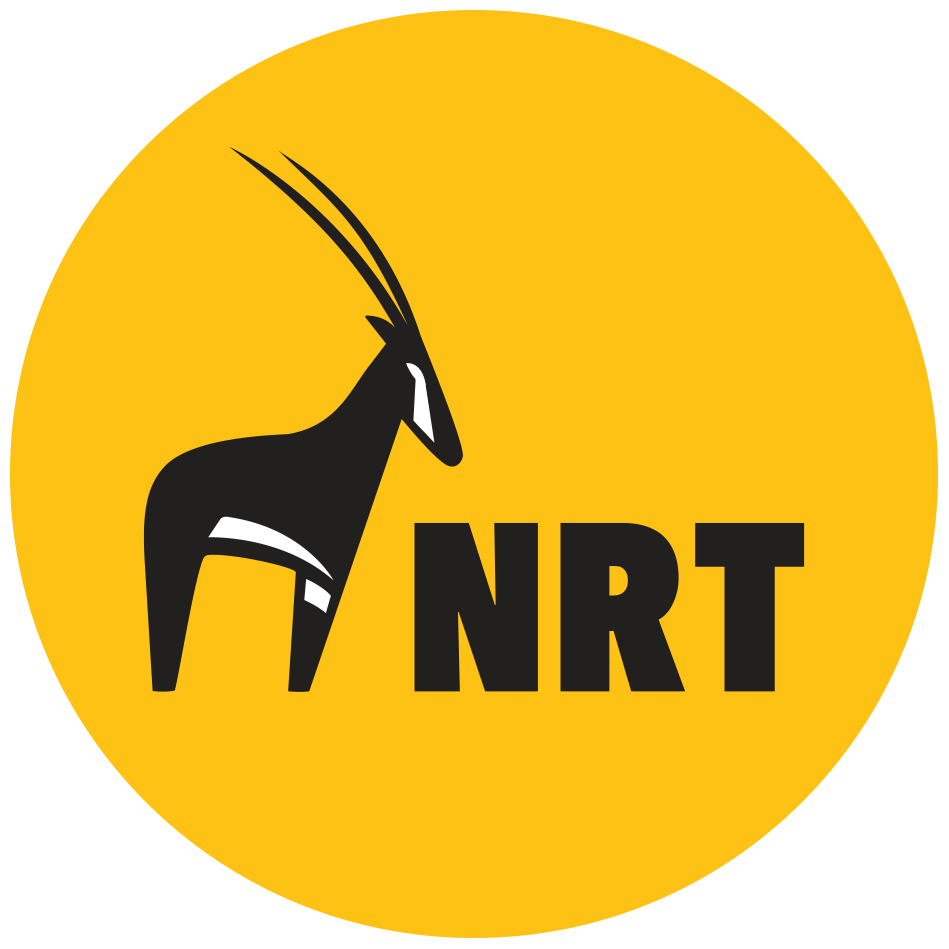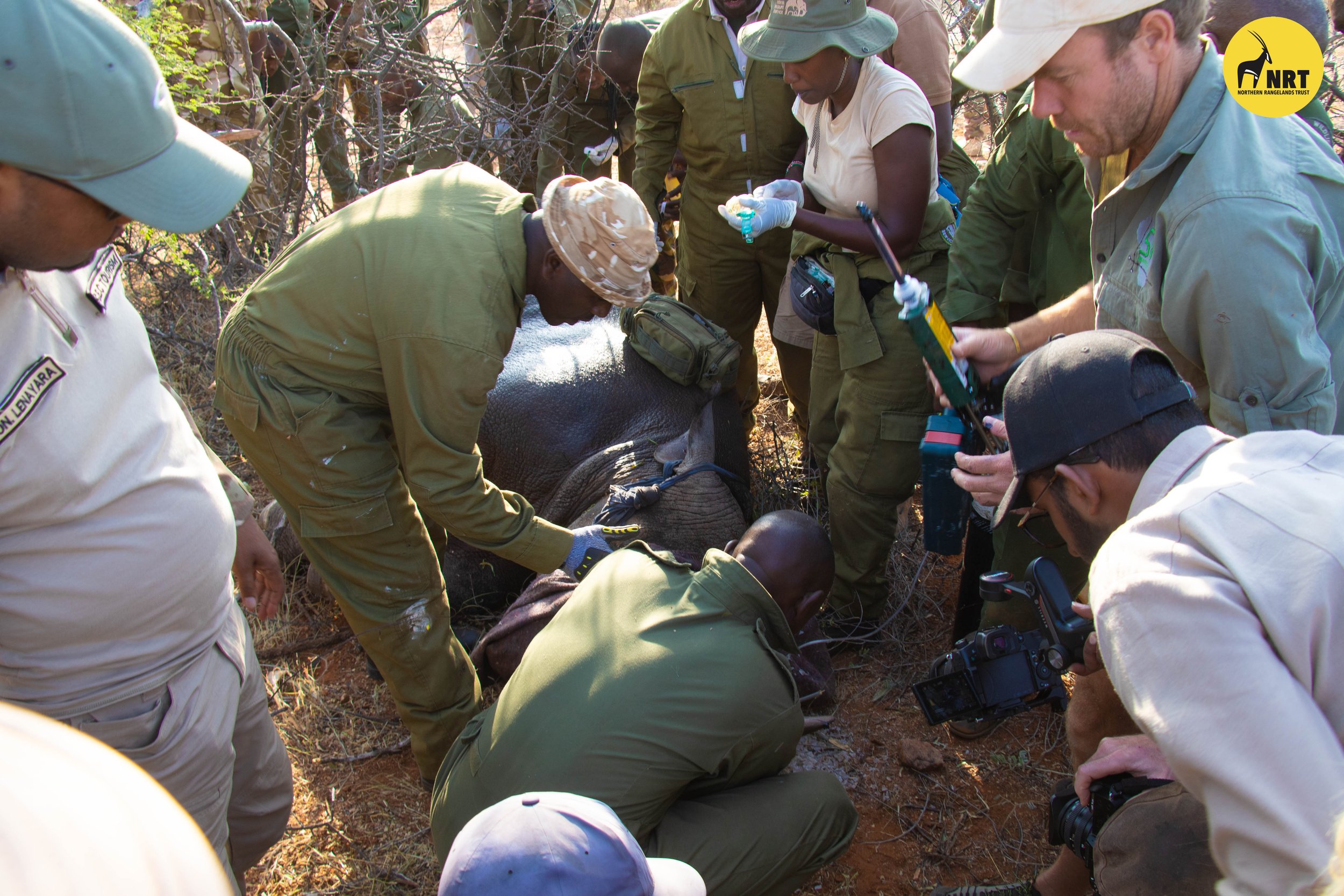Sera Makes History as First Community Conservancy to Perform Black Rhino Ear Notching in Kenya
Rhino notching in Sera Community Conservancy
On the 13th and 14th of July, Sera Rhino Sanctuary in Sera Community Conservancy in Samburu County made history by conducting Kenya’s first black rhino ear notching and transmitter fitting exercise.
Six endangered black rhinos had their ears notched and transmitters implanted in them during the procedure, enhancing their protection and conservation and enabling researchers and conservancy scouts to easily identify and track them during daily patrols.
The exercise was conducted by the Kenya Wildlife Service, led by the Senior Assistant Director and Head of Capture and Veterinary Services, Dr. Isaac Lekolool, and in partnership with Sera Community Conservancy, NRT, and the Samburu County Government.
Ear notching is normally performed on rhinos aged two and a half years or calves that have been separated from their mothers. However, during this exercise, rhinos aged between three and six and a half years that had lived in Sera Rhino Sanctuary for the last eight years were selected for the procedure. A V-shape mark was placed on them to facilitate their identification throughout their lifetime.
“Through the concerted efforts of the government and dedicated stakeholders, we have successfully reversed the decline in rhino numbers in Kenya over the past three decades. This accomplishment is a testament to our unwavering commitment to safeguarding and conserving these magnificent creatures for upcoming generations,” said Dr. Lekolool.
Rhino notching in Sera Community Conservancy
Sera Rhino Sanctuary is East Africa’s first and only community-run black rhino sanctuary. Established in 2015 with a founder population of 10 black rhinos, it is now home to 21 black rhinos.
“The Conservancy’s primary focus is growing the population of these endangered rhinos and safeguarding their habitat,” explains Sera’s Conservancy Manager, Reuben Lendira.
The Sanctuary’s rhino protection initiatives have not only facilitated low-impact tourism activities, creating employment opportunities for local community members, but also generated revenue for community development priorities, including the provision of education bursaries and access to clean water. Thanks to a dedicated team of conservancy scouts and strong community and partner support, no poaching incidents have been recorded in Sera Rhino Sanctuary since its establishment.
This remarkable achievement of rhino conservation is a testament to the unwavering dedication and the invaluable support from NRT’s esteemed partners, including Fauna & Flora, Connected Conservation, St. Louis Zoo, Save the Rhino, Zoos of South Australia, San Diego Wildlife Alliance, Tusk Trust, Base Camp Foundation, Sweden Embassy through IMARA programme, Saruni, The United States Agency for International Development (USAID), The Nature Conservancy, European Union, WWF, Side Kick Foundation and DANIDA.


